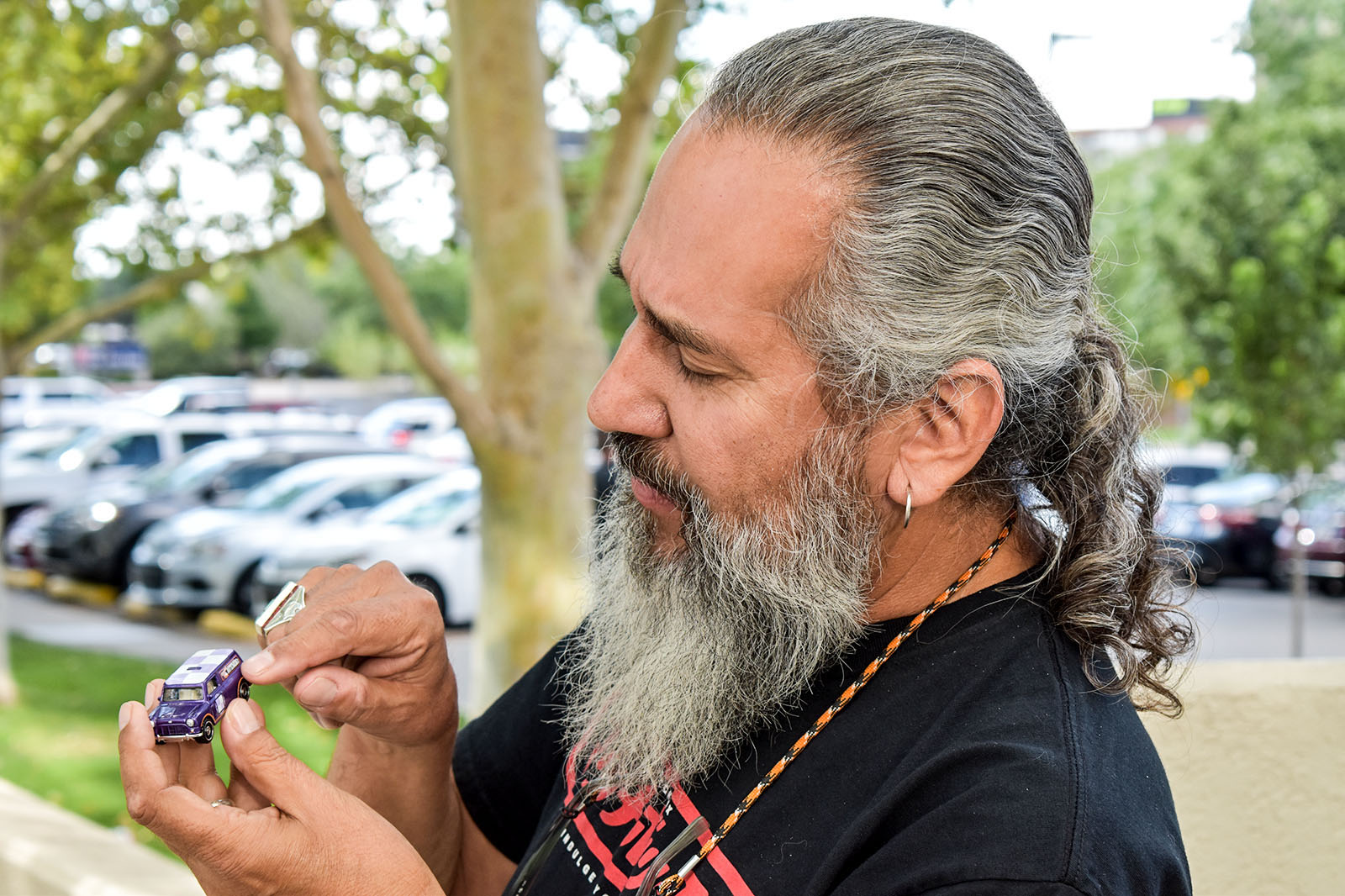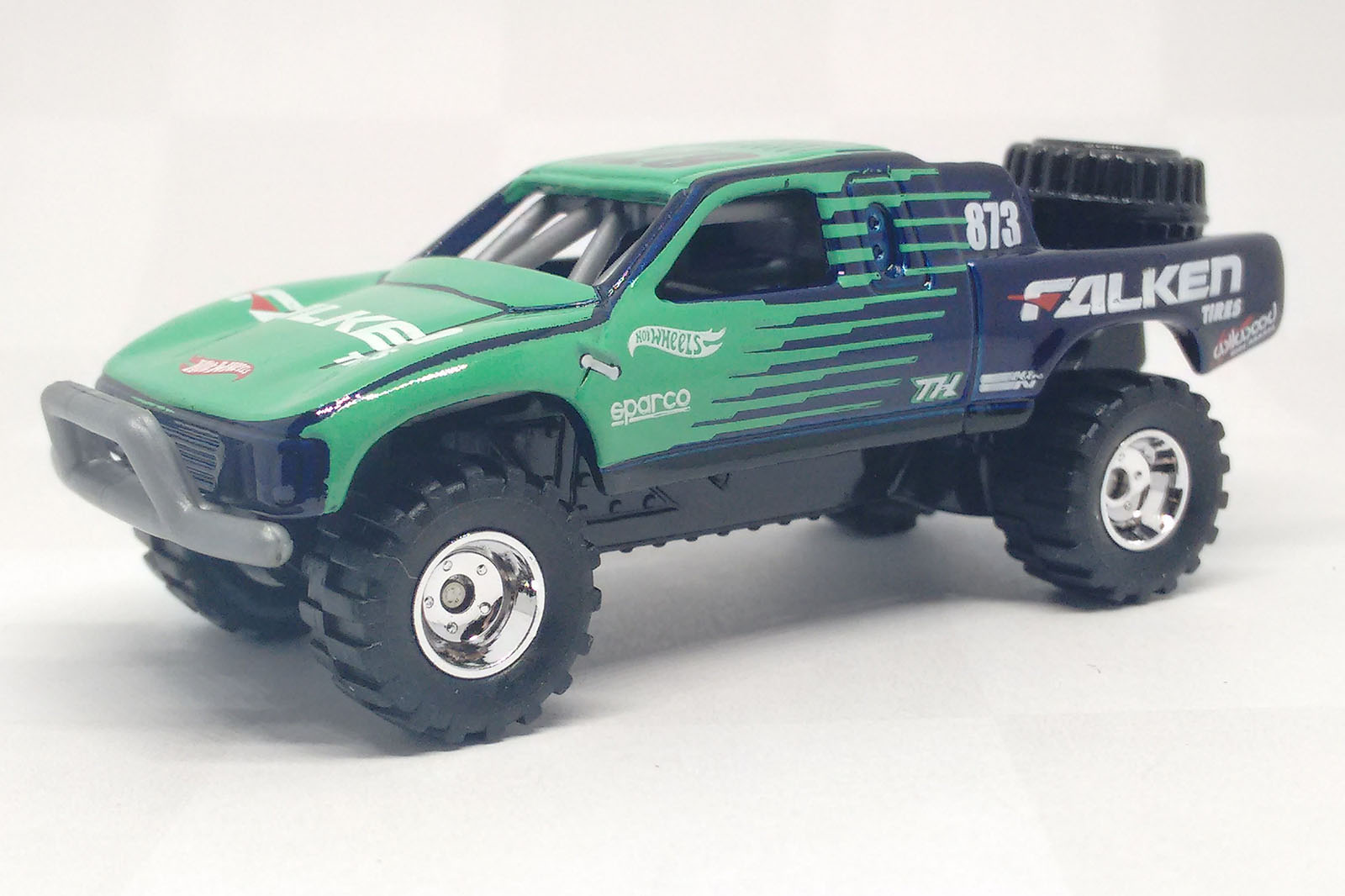Albuquerque, New Mexico, is the location for the cult television series Breaking Bad and the home of the Indianapolis 500-winning Unser family.
For fans of Matchbox toy cars, it’s also a place of annual pilgrimage for the Gathering, a collectors’ convention that takes place each July.
Hundreds come from around the world to buy, sell and trade their models, meet the Matchbox car designers and generally geek-out on all things toy car. Abe Lugo, Matchbox’s 38-year-old lead project designer, was on hand in Albuquerque last month to reveal new models coming in 2018. Lugo says that creating a new Matchbox model begins at least 18 months before its eventual release (the 2019 range is currently being planned). Each 125-model range contains around 100 new colour schemes or ‘decos’, of which about 25 are for all-new models that will require tooling development.

In the Matchbox design office at the LA headquarters of parent company Mattel is a picture wall of cars, trucks and other vehicles that serve as inspiration for new additions to the tooling library.
“The list is in three parts: the designers’ personal favourites; a ‘cool and interesting’ board; and common vehicles that you’ll see on the road everyday,” Lugo explains. “We have segments within the Matchbox line such as Explorers or Construction, plus certain types of vehicles that are always in the range, like Japanese and European cars, or a ‘lifted’ pick-up truck [one with raised suspension]. We populate those categories with different ideas from our board and try to find instances where one vehicle will hit three or four common points of interest.”
When the new range is complete on paper, work begins on the all-new models. Source material and data for digital designs might come direct from the licensing manufacturer, from model kits and photos, or from similar, previous designs.
Matchbox cars are nominally 1:64 scale, but the size of existing similar models, cost and packaging restrictions, ease of production and standard wheel and axle sizes all impact upon the final proportions and scale of the car.










































Join the debate
Add your comment
Interesting article
Thanks for this! When I was a youngster in the 70's and early 80's I had a hoard of these. I also used to collect Airfix models too mainly planes, but model cars, too.
There was this model shop in Dalston which had loads of them in the window. I used to stare at them for ages! I remember building a De Tomaso Pantera (it wasn't Airfix - some other brand which I can't recall) and painting it when it was complete. It looked great! But then I spoiled it over the next few months by first painting it with a different colour scheme, and then another - and in the end it just looked rubbish as I'd put too many coats on. Ahhh well :)
i wonder if my mum still has any of those in the loft...
As a student, I used to work
Lesney all the way!
Now,there stamped out like Bottle tops,the detail is poor,now I collect 1/18 or bigger,more detail cost more too, but most are worth the expense.